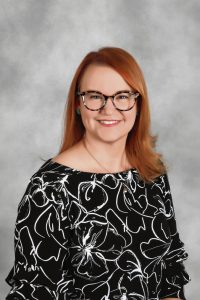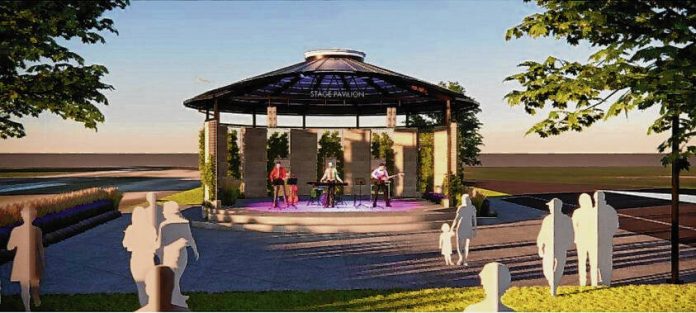Johnson County and some of its neighboring counties are gearing up to apply for another round of state economic development funds.
The Regional Economic Acceleration and Development Initiative promotes strategic investments in talent attraction and economic growth on a regional scale with collaboration between multiple counties. The first round of READI funding was $500 million — funded with money from the federal American Rescue Plan Act — divided among 17 formed regions in 2021.
A second round of $500 million funding — all from the state — is now underway. This time there are 15 regions for the matching grant program.
The first round
For the first round of READI funding, Johnson County was part of the 180 Alliance, which includes five others west and southwest of Indianapolis — Boone, Hendricks, Montgomery, Morgan and Putnam counties. Local officials, along with Aspire Johnson County, collaborated with leaders from those counties to submit a $47 million proposal for growth across the region.
The proposal included projects aimed at meeting six goals the group established for the region: improving downtown quality of life, expanding outdoor recreation, arts and culture, developing housing for talent attraction, improving regional infrastructure and attracting skilled workers, according to the plan.

The 180 Alliance was ultimately awarded $20 million. More than two years later, some projects are farther along than others.
Whiteland received a $325,976 READI grant last year to help pay for an upgrade to an old lift station near Interstate 65. The town of Bargersville also received $384,200 in READI funding to help pay for Umbarger Plaza.
“That one’s pretty exciting, probably one of the more the cooler ones that we had in Johnson County,” said Amanda Rubadue, vice president of economic development for Aspire Johnson County, said of Umbarger Plaza.
Most of the projects are infrastructure, and many of these are still being worked through the pipeline, she said.
Money for several Johnson County-specific projects was requested at the time, including roundabout construction for Earlywood Drive, an extension for Graham Road and a collaboration between Bargersville and Morgan County for a sewer project at the Interstate 69 interchange at State Road 144, according to READI’s website. Those projects would each come with an equal local government match to be contributed by communities participating in the 180 Alliance.
Several regional projects were also requested to be funded: a mural program, facade grants, a marketing campaign and a regional talent attraction program based on Aspire’s Employer Resource Network. Those projects would each come with an equal local government match to be contributed by communities participating in the 180 Alliance.
The application also included a $4.6 million request to fund several regional projects: a mural program, facade grants, a marketing campaign and a regional talent attraction program based on Aspire’s Employer Resource Network. Those projects would each come with an equal local government match to be contributed by communities participating in the 180 Alliance.
Johnson County’s experience with the first round of READI was “very positive,” she said. Some projects saw movement that wouldn’t have been possible so quickly without a funding boost, Rubadue said.
It also gave the county the chance to work with communities they don’t usually get to and learn about them, she said.
READI 2.0
With the second round of funding, dubbed READI 2.0, new regions were formed. Now Johnson County is part of the Central Indiana Regional Development Authority — joining Boone, Hancock, Hamilton, Hendricks, Johnson, Madison, Marion, Morgan and Putnam counties.
Working with communities in the CIRDA region is a “different beast” compared to the county’s experience in the 180 Alliance, Rubadue said. However, it provides officials the chance to work together with communities they normally compete against.
“Now we’re working with them, we’re collaborating with them,” Rubadue said. “And so far, it’s been a pretty positive experience.”
For CIRDA, the focus of their application is “Main Street Matters.” It’s centered around building up and supporting population nodes, Rubadue said.
A theme of READI is attracting talent, or residents, to the region. Main streets are hubs of attraction and quality-of-life boosters, she said.
“Whether that’s main street shops, whether that’s the infrastructure that needs to be either built out or redeveloped, additional housing, quality of life amenities, different things like that,” Rubadue said. “Or it’s these innovation hubs, building those out or helping to support the ones that are that are existing and helping to expand those.”
A project list for READI 2.0 hasn’t been complied yet, as officials are waiting to hear about much CIRDA is allocated. This announcement is expected on April 11, and a call for projects will follow, along with a rubric for reviewing them, she said.
“We will look at hopefully having a good project list built out by May,” Rubadue said.
The READI program is beneficial for communities because it “really helps” them get projects over the finish line. While it doesn’t 100% fund the projects, it’s an opportunity to help get them done, she said.





